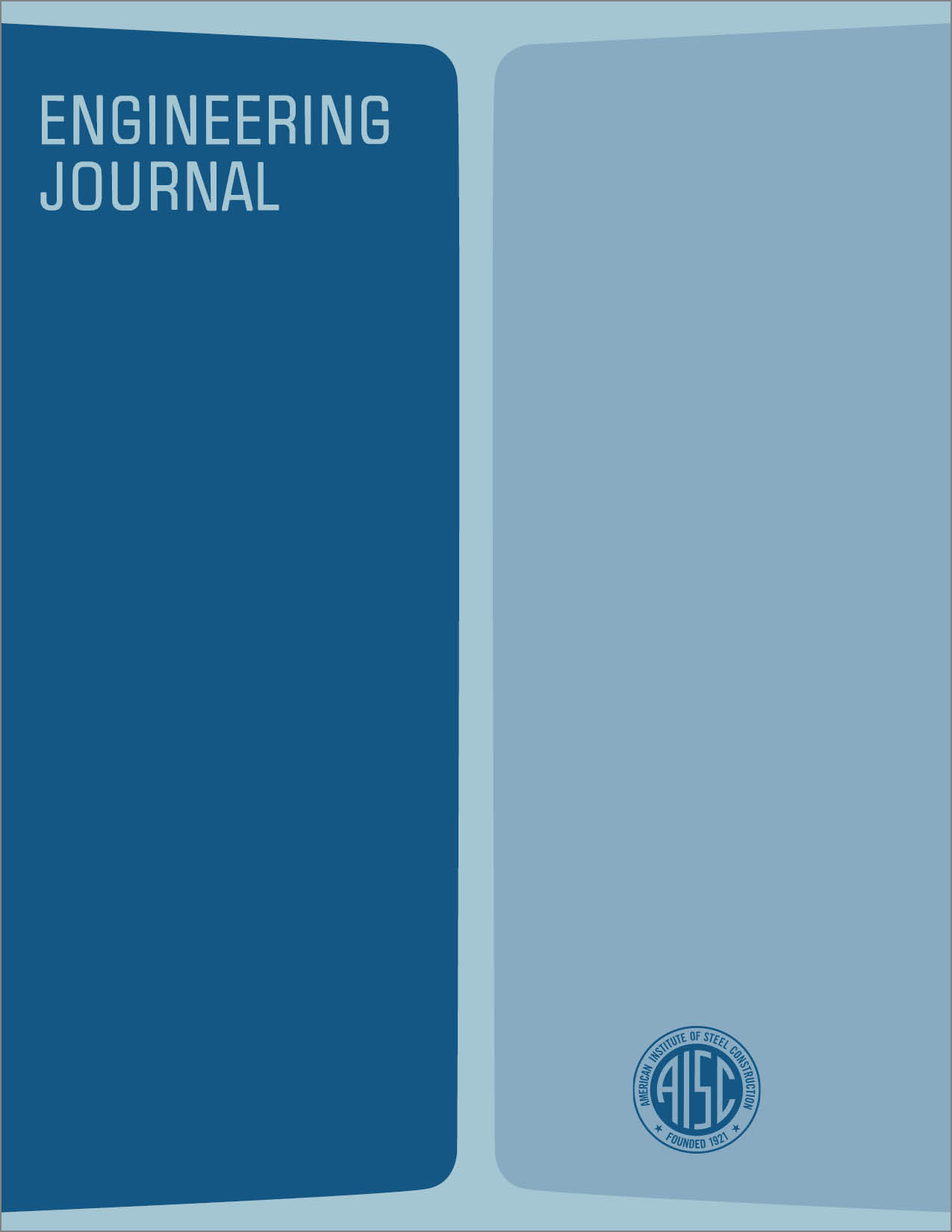Seismic Steel Framing Systems for Tall Buildings
DOI:
https://doi.org/10.62913/engj.v19i3.385Abstract
A number of steel framing systems can be used to develop the required lateral strength, stiffness, and ductility for resisting forces caused by earthquakes. Moment-resisting frames and braced frames are by far the most widely used systems for this purpose. More recently, a number of major buildings were designed and built in California employing the concept of eccentric bracing. In this approach the line of action in a brace is deliberately offset from a common joint point. Any bracing scheme in which a component of an axial force in a brace is transferred through shear in a beam can be classified as an eccentrically braced frame. The spread K-bracing is a well-known example. A number of other bracing schemes can be devised using this concept. This type of hybrid construction is very versatile and fulfills the essential requirements for seismic design. This paper reviews the advantages and disadvantages of the three framing systems noted above. The choice of a particular framing system depends on a large number of factors. Functional requirements or close spacing of columns may mandate moment-resistant framing. Conventional bracing may be fully acceptable in applications where moderate ductility of frames suffices. In some applications, eccentric bracing may be the most economical. Because of the newness of this system of framing, some design guidelines are given. Experimental results are provided on the behavior of the critical elements for each system of framing.

